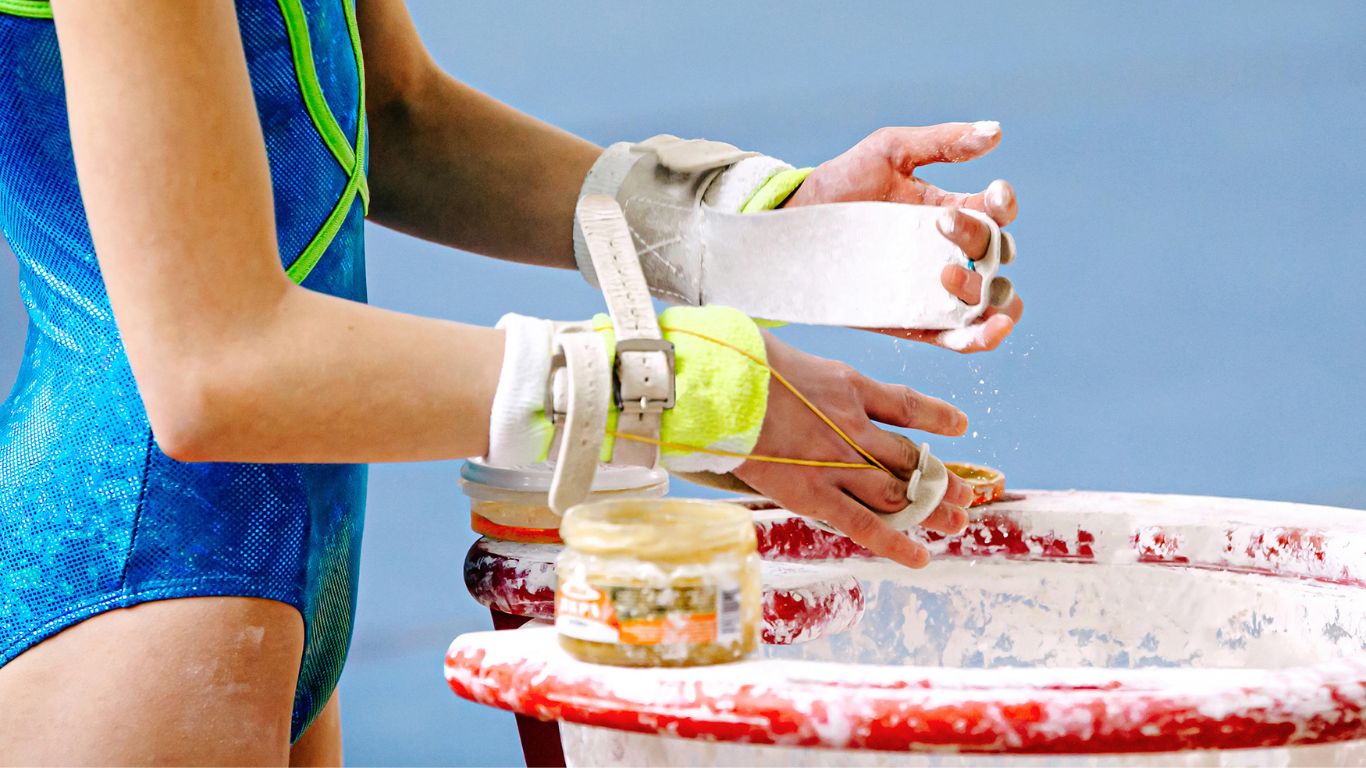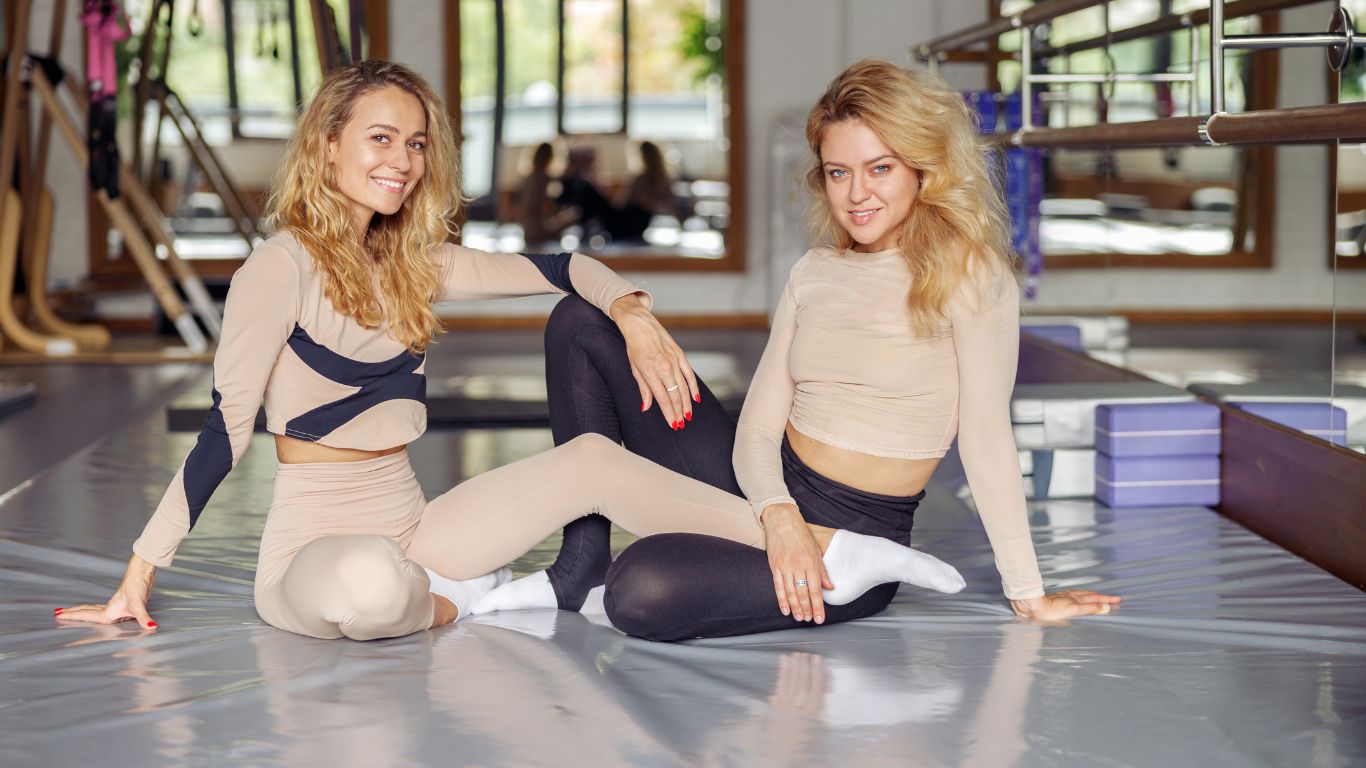In gymnastics, where precision, strength, and agility play critical roles, athletes always look for natural ways to enhance their performance and recovery. Honey, a versatile and natural substance, has become a staple for many gymnasts and health-conscious athletes. Let’s explore why Honey is such an essential part of their routines.
| Image | Product | Features | Price |
|
Our Pick
1
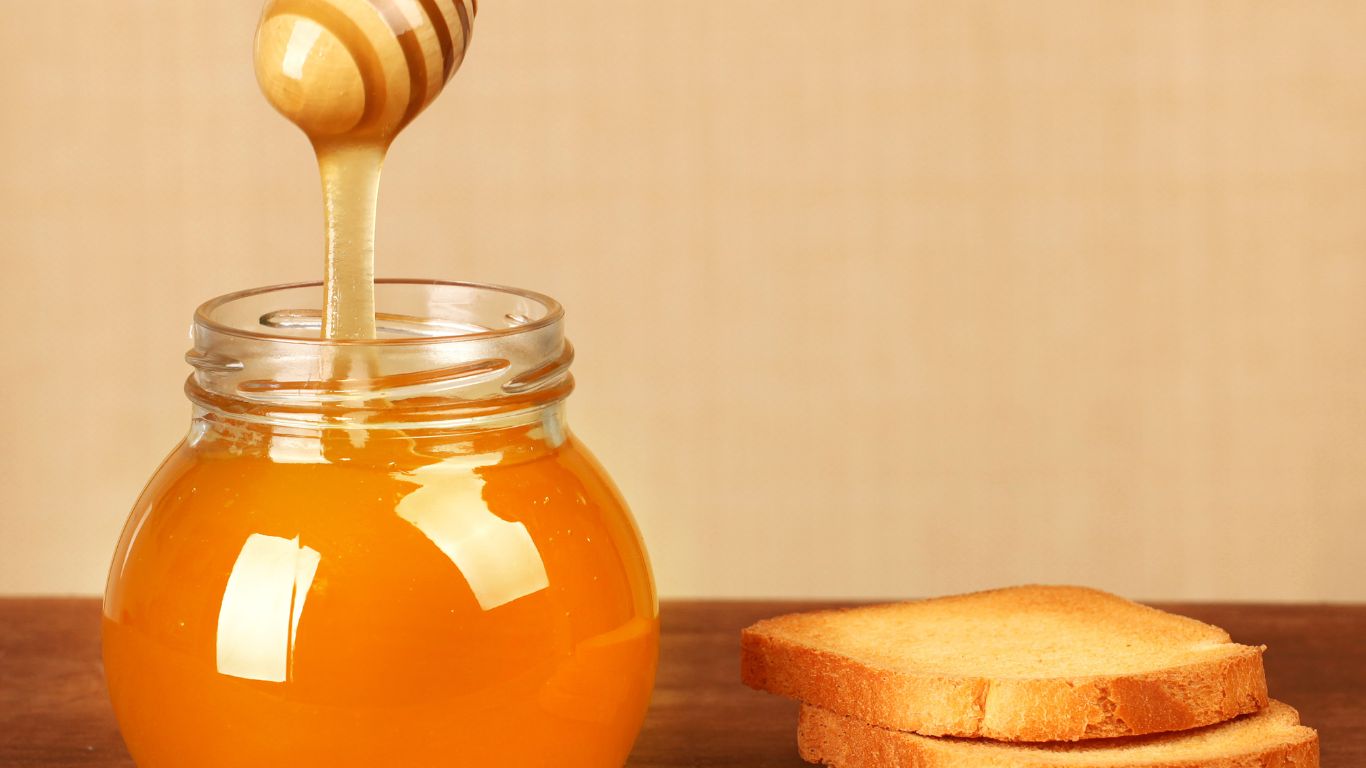
|
Ambrosia Gently Strained Honey |
GENTLY STRAINED PURE HONEY: Taste aromatic, deep caramel flavor and lush floral notes with this pack of 1, 48-ounce pourable bottle from AMBROSIA HONEY CO. |
Benefits of Honey for Athletes
Natural Energy Source for Performance
Gymnasts need quick bursts of energy to perform at their best. Honey is a natural source of carbohydrates, which quickly convert into glucose—the primary fuel for our bodies. Consuming Honey before a workout provides an immediate energy boost, allowing gymnasts to sustain high-intensity training sessions and competitions.
Aids Muscle Recovery and Reduces Fatigue
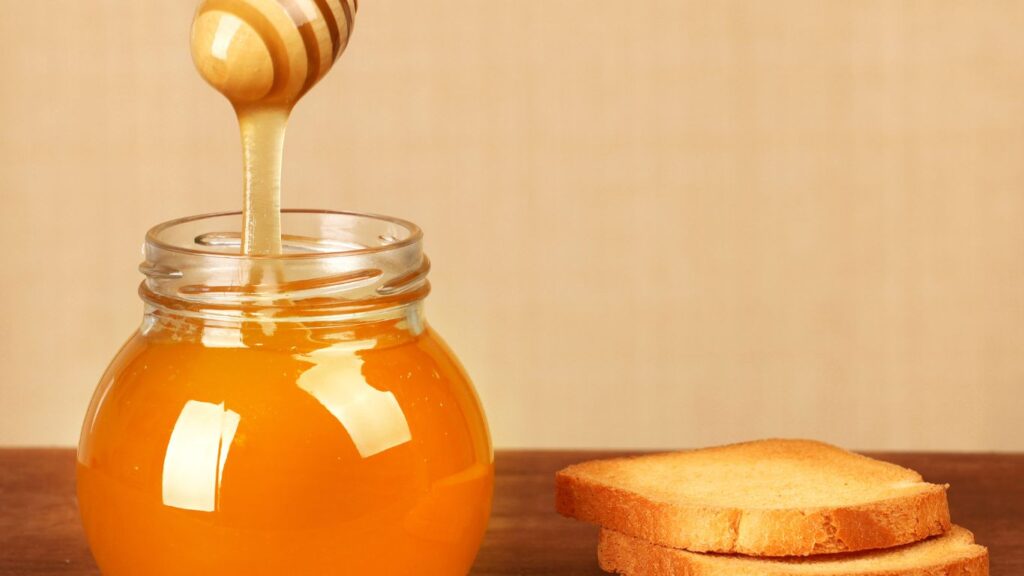
Recovery is key after a demanding workout. Honey is rich in natural sugars and antioxidants, which aid in muscle recovery and reduce fatigue. It helps replenish glycogen stores, ensuring that muscles recover faster and reducing downtime between training sessions.
Honey is a Natural Anti-inflammatory
Intense training can lead to muscle soreness and joint pain. Honey’s anti-inflammatory properties can help soothe these issues. Some gymnasts apply Honey directly to sore areas, benefiting from its natural healing properties to accelerate recovery.
Nutritional Value and Health Benefits
Beyond energy and recovery, Honey offers a wealth of nutrients that support overall health. It contains vitamins, minerals, and antioxidants that boost the immune system—crucial for athletes who cannot afford to be sidelined by illness.
How Gymnasts Use Honey in Their Routines
- Pre-workout: Consuming a spoonful of Honey gives gymnasts the energy needed for their intense routines.
- Post-workout: Adding Honey to recovery shakes or snacks helps rebuild glycogen levels and aids in muscle repair.
- In recipes: Honey is a natural sweetener in homemade energy bars and snacks, providing a healthier alternative to processed sugars.
- Direct application: Some gymnasts apply Honey to sore muscles and joints for its anti-inflammatory benefits.
Historical Use in Sports Nutrition
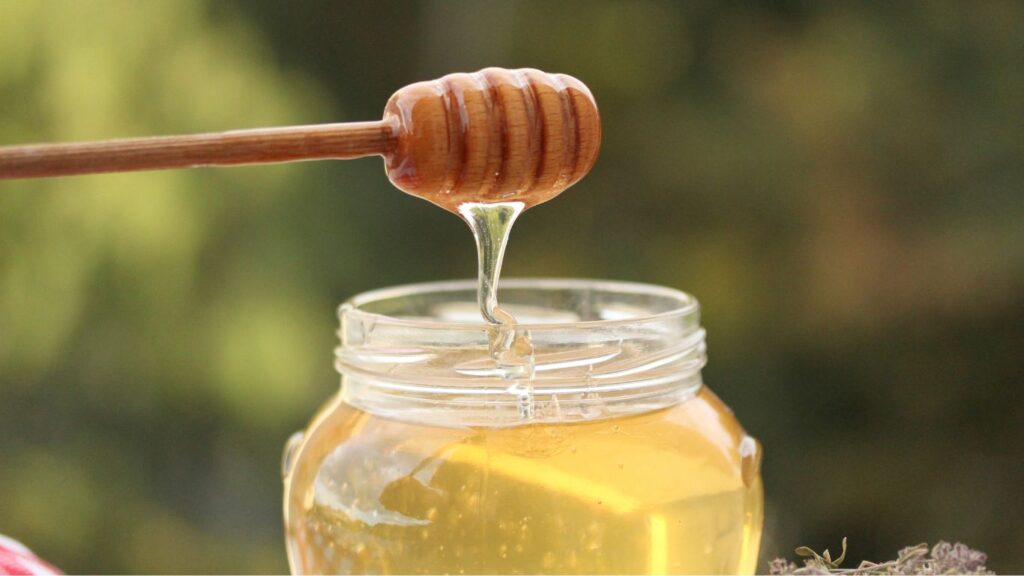
Honey is a discovery in sports nutrition that has been introduced previously. Its use dates back centuries, with athletes from ancient civilizations using it to enhance endurance and performance. This historical legacy adds another layer to Honey’s credibility as a valuable resource for modern-day athletes.
Honey Varieties Preferred by Gymnasts
Not all Honey is created equal. Gymnasts often prefer raw, organic Honey for its purity and nutritional content. Varieties like Manuka or Acacia are popular due to their robust health benefits.
Tips for Incorporating Honey into Your Diet
- Mix Honey with warm water and lemon for a refreshing pre-workout drink.
- Drizzle Honey over yogurt or oatmeal for a nutritious snack.
- Use Honey as a sweetener in smoothies or homemade granola bars.
- Apply a thin layer of Honey to sore areas after workouts for soothing relief.
FAQs
What types of Honey are best for gymnasts?
Raw, organic Honey is generally preferred due to its unprocessed nature and higher nutritional content. Varieties such as Manuka and Acacia are also highly regarded for their additional health benefits.
How much Honey should gymnasts consume?
The ideal amount can vary based on individual needs and training intensity. A standard recommendation is to consume one to two tablespoons of Honey before and after workouts to support energy levels and recovery.
Can Honey be used for energy during competitions?
Yes, Honey can be an effective energy source during competitions. Many gymnasts consume it shortly before their performance for a quick boost due to its fast-acting carbohydrates.
Are there any allergic reactions to Honey?
While Honey is safe for most people, some individuals may have allergies to bee products. Those with known allergies must consult a healthcare professional before incorporating Honey into their diet.
Is Honey safe for children?
Honey is generally safe for children over the age of one. However, due to the risk of botulism, it should be avoided for infants under one year old.
Conclusion
Honey is more than just a sweet addition to a gymnast’s diet—it’s a powerful ally in their pursuit of excellence. From providing immediate energy to aiding in recovery and enhancing overall health, Honey offers gymnasts a natural way to stay at the top of their game. Whether you’re a gymnast, a health-conscious athlete, or a sports nutritionist, consider incorporating Honey into your routine to experience its sweet advantages.






